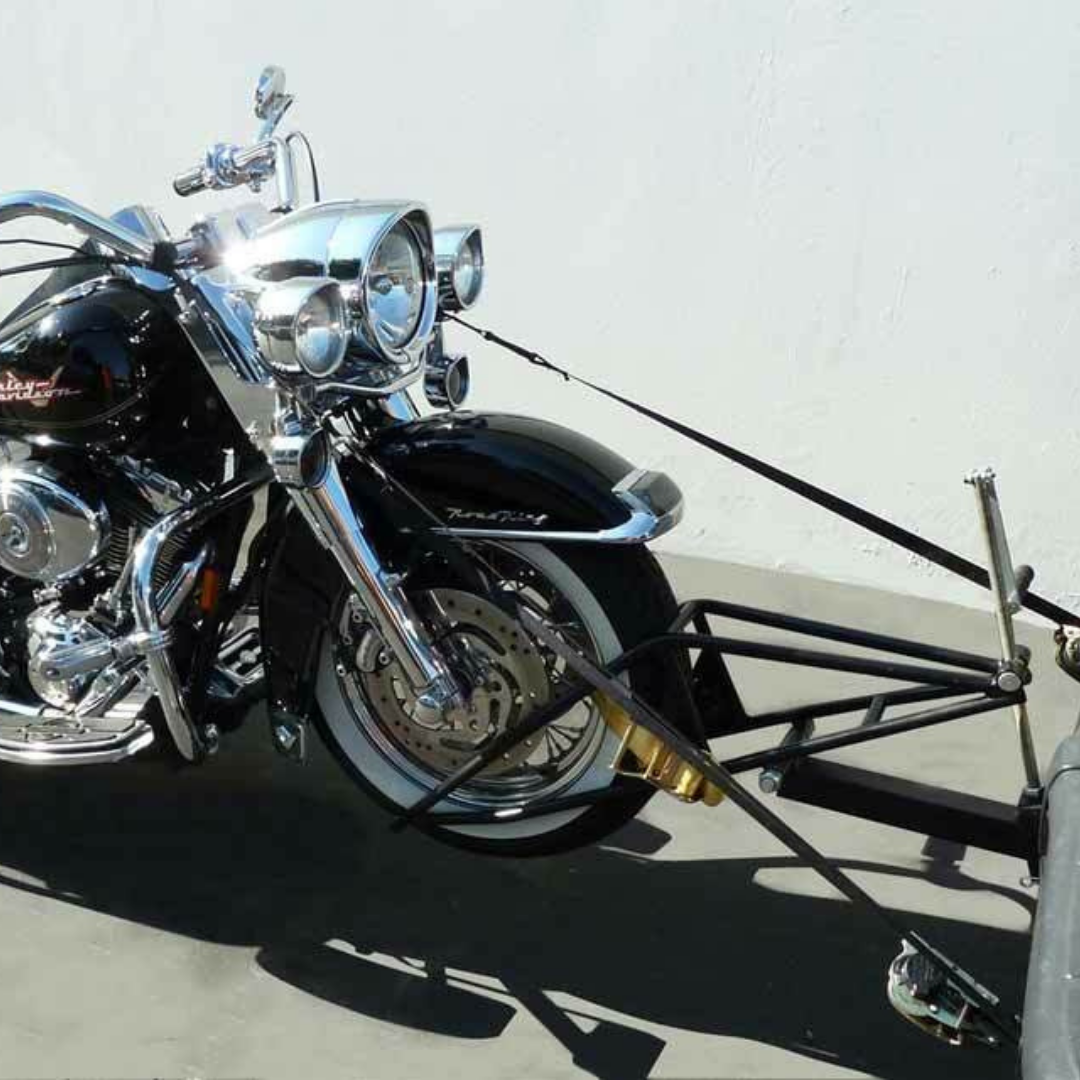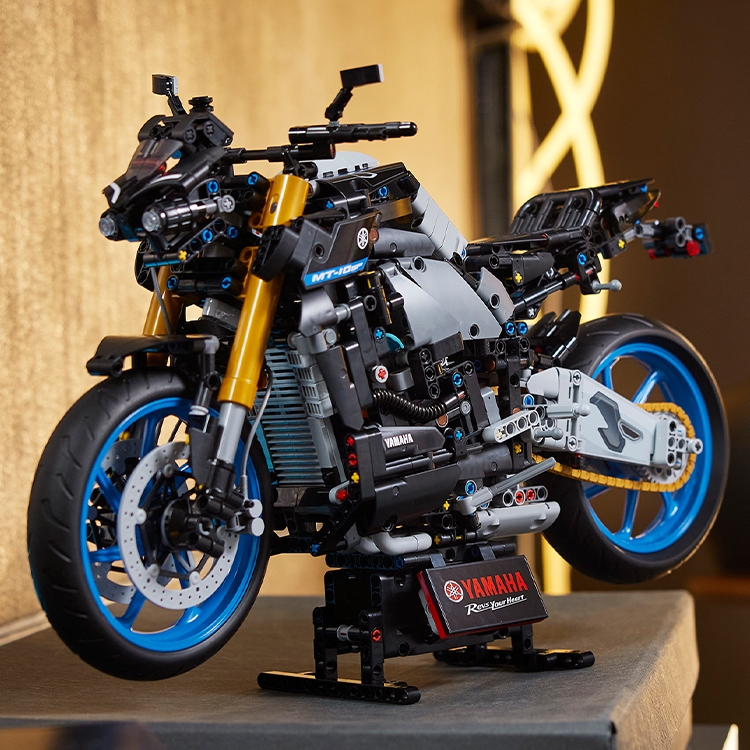Eligibility Requirements for a Motorcycle License in California
Choosing to ride a motorcycle in California comes with a set of criteria that you must meet to be eligible for a motorcycle license. Firstly, you need to be at least 16 years old. However, those under 21 must first hold a provisional permit for six months before applying. Applicants must also pass a vision exam to ensure that they can safely operate a motorcycle.

Key steps include completing a California Highway Patrol (CHP) approved motorcycle safety course, which is mandatory for under-21s. It’s highly recommended for all, due to its benefits in safety and sometimes insurance discounts.
Before you can get a motorcycle license, you must also pass a written test. The test checks your knowledge of road rules, motorcycle laws, and rider safety. Make sure to study the California Motorcycle Handbook thoroughly before you take the test.
If you already have a California driver’s license, the process may differ. You may not need to take the same written test as new drivers, and some age restrictions might not apply to you.
Always double-check with the California Department of Motor Vehicles (DMV) for the most current eligibility information. They can provide details on any updates to the licensing process. Remember, laws can change, so stay informed to make sure you meet all the requirements.
The Written Test: Preparing and What to Expect
To obtain your motorcycle license in California, you must clear the written test. Preparing well is key to passing this crucial step. Here’s what you need to know and expect from this part of the process.
To start, review the California Motorcycle Handbook thoroughly. This manual has everything you need: road rules, motorcycle laws, and safety protocols. Aim to understand every concept, as questions will test your knowledge in these areas.
You can find practice tests online. These will give you a chance to see typical questions. Use these resources to get familiar with the format and types of questions asked.
Try to schedule your test when you feel most alert and calm. A good night’s sleep before the exam can help a lot. Arrive early at the DMV on your test day. This will give you time to relax and focus.
The test itself will be multiple-choice. Read each question carefully. Avoid rushing, even if others finish early. It’s better to take your time and be sure about your answers.
Remember, the purpose of the written test is to ensure that you have a strong foundation in motorcycle riding safety and laws. By preparing thoroughly, you’ll increase your chances of passing the test and getting one step closer to your California motorcycle license.
Motorcycle Training Courses: Options and Benefits
Participating in motorcycle training courses is a vital step in how to get motorcycle license in California. These courses come in different formats to suit various needs. You have the option to choose between basic courses for beginners or more advanced classes if you’re seeking to polish your skills.
Options for Motorcycle Training
A primary choice for new riders is the basic rider course offered by the California Highway Patrol (CHP). This course is a requirement for riders under 21. Another option is advanced training courses. These cater to riders who already have some experience but want to improve their skills.
Private institutions also offer training courses. Make sure these are recognized by the California DMV. Each course varies in length and intensity but they all aim to teach you essential riding skills.
Benefits of Motorcycle Training
One of the top benefits of training courses is improved safety. They teach defensive riding skills, which can reduce the risk of accidents on the road. Knowledge about how to handle your motorcycle in various conditions is another gain.
In addition, some insurance companies offer discounts to riders who complete an approved motorcycle safety course. You could save money on your premiums.
Lastly, training courses prepare you not just for the road test, but for real-world riding. The practical experience you gain is invaluable for your confidence and capabilities as a motorcyclist.
To conclude, motorcycle training courses are more than a stepping stone to get your motorcycle license. They are an investment in your safety and proficiency on the road. Consider your options carefully and choose a course that best fits your needs and experience level.
The Road Test: A Walkthrough of the Exam Process
After passing the written test, you’ll move on to the road test. This practical exam assesses your riding skills.
To begin, schedule your road test at the DMV. Check their website or call for appointments. Pick a time when you’re most relaxed and focused. Arriving early helps you get settled before the test starts.
Bring a roadworthy motorcycle to the exam. The bike must meet all legal requirements. Don’t forget to bring your helmet and wear appropriate gear. Safety is crucial during the test.
The examiner will guide you through various tasks. They may include turning, stopping quickly, and swerving. You must show you can handle your bike safely. Pay attention to all road signs and signals.
Stay calm and focused throughout the exam. If you make a mistake, don’t let it throw you off. Completing the road test successfully is a key step in how to get motorcycle license in California.
Keep practicing your riding skills up to the test day. Confidence comes from experience. Your motorcycle training has prepared you for this moment. Use what you’ve learned, stay alert, and follow the examiner’s instructions carefully.
Pass this test and you’ll be closer to earning your California motorcycle license. Once you have it, remember to adhere to all road rules and never stop improving your riding skills.
Completing the Application: Documents and Fees
When you’re ready to complete your application for a California motorcycle license, you’ll need to gather several important documents. First of all, ensure you have evidence of your identity, such as a birth certificate or passport. You must also present proof of your California residency. Common documents for this include utility bills or a rental agreement.
Along with personal documentation, bring your certificate of completion from a motorcycle training course, especially if you’re under 21. This certificate validates that you’ve met the training requirements.
The Department of Motor Vehicles (DMV) will also ask you to fill out the applicable application form. You can find the form at their office or on the DMV website. Remember to read each section carefully and fill it out completely.
Fees are a part of the application process. Check the latest fee structure on the California DMV website or at a DMV office. The fees cover processing, the written test, and the road test.
Finally, if you don’t have a driver’s license, you’ll need to take and pass a vision test. For those who do have an existing driver’s license, it may not be necessary. After submitting all your documents and fees, you’ll receive a receipt. Keep this receipt. It proves you’ve filed your application and paid the necessary fees.
By following these steps, and with all your documents and fees organized, you’re on the path to getting your motorcycle license in California. Smooth planning and preparation will make this stage of the process stress-free.
After Getting Your License: Regulations and Restrictions
After you have successfully obtained your motorcycle license in California, it is important to understand the ongoing regulations and restrictions that apply. As a licensed rider, you are expected to adhere to California motorcycle laws at all times to ensure your safety and the safety of others on the road.
- Helmet Law: In California, wearing a helmet is mandatory for all motorcycle riders and passengers. The helmet must meet the safety standards set by the Department of Transportation.
- Lane Splitting: While lane splitting is legal in California, it must be done safely. This means not riding too fast and being mindful of the surrounding traffic.
- Passenger Restrictions: If you’re under 21 or have a provisional motorcycle license, you may face restrictions on carrying passengers. Check with the DMV for any specific rules.
- Alcohol and Riding: Operating a motorcycle under the influence of alcohol or drugs is illegal and dangerous. The same DUI laws apply to motorcyclists as to other drivers.
- Insurance Requirements: You must maintain minimum liability insurance coverage for your motorcycle. This protects you financially in case of an accident.
- Equipment and Maintenance: Ensure that your motorcycle is in good working condition and meets all the state’s equipment regulations. This includes having working lights, brakes, and mirrors.
Remember, regulations can change. Stay updated by checking with the California DMV or their website regularly. Following these rules will help you enjoy a safe and uninterrupted riding experience. Safety should always be your highest priority.
 Renewing Your Motorcycle License: When and How
Renewing Your Motorcycle License: When and How
Once you’ve mastered the steps on how to get motorcycle license in california, it’s crucial to know how to maintain it by understanding the renewal process. Whether your license is about to expire, or you’re simply planning ahead, here are straightforward insights that will guide you through the renewal procedure.
- Timing: In California, a motorcycle license generally needs renewal every five years. You can find the exact expiration date on your license card. It’s wise to start the renewal process before the expiration to avoid any inconvenience.
- Renewal Notice: The California DMV usually sends out a renewal notice by mail a few months before your license is due to expire. Be sure to update your address with the DMV to receive this important notification.
- Online Renewal: If eligible, you can renew your license online through the California DMV website. This is a quick and convenient way to renew without having to visit a DMV office.
- In-Person Renewal: Sometimes, you might need to visit a DMV office for renewal. This could be due to specific conditions like needing a new photo or a vision test. Always check if an appointment is needed to save time.
- Required Documents: Bring identification and any required documents for an in-person renewal. If your name has changed since the last license was issued, bring legal proof of the change.
- Fees: There will be a renewal fee, which you can pay online, by mail, or in person. The fee amount is subject to change, so check the latest information on the DMV website.
- Vision Test: A vision test is mandatory for all renewals. This ensures you meet the visual standards required for safe motorcycle operation.
Remember that driving with an expired license is illegal. Renewing your motorcycle license in time will keep you on the right side of the law and ensure you can continue to enjoy riding your motorcycle in California. By staying proactive and following these steps, you’ll navigate the renewal process with ease.
